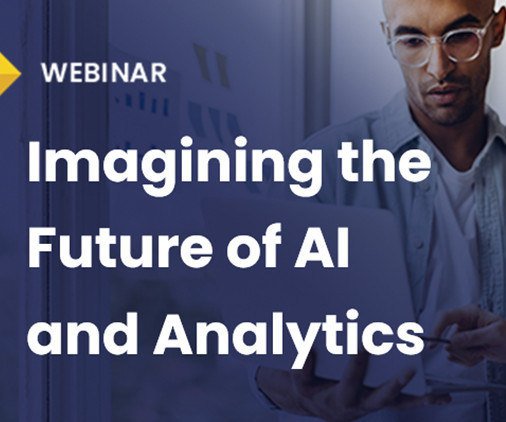How to avoid the 7 most common mistakes of Big Data analysis
Dataconomy
JANUARY 13, 2017
One of the coolest things about being a data scientist is being industry-agnostic. You could dive into gigabytes or even petabytes of data from any industry and derive meaningful interpretations that may catch even the industry insiders by surprise. When the global financial crisis hit the American market in 2008, few. The post How to avoid the 7 most common mistakes of Big Data analysis appeared first on Dataconomy.





















Let's personalize your content